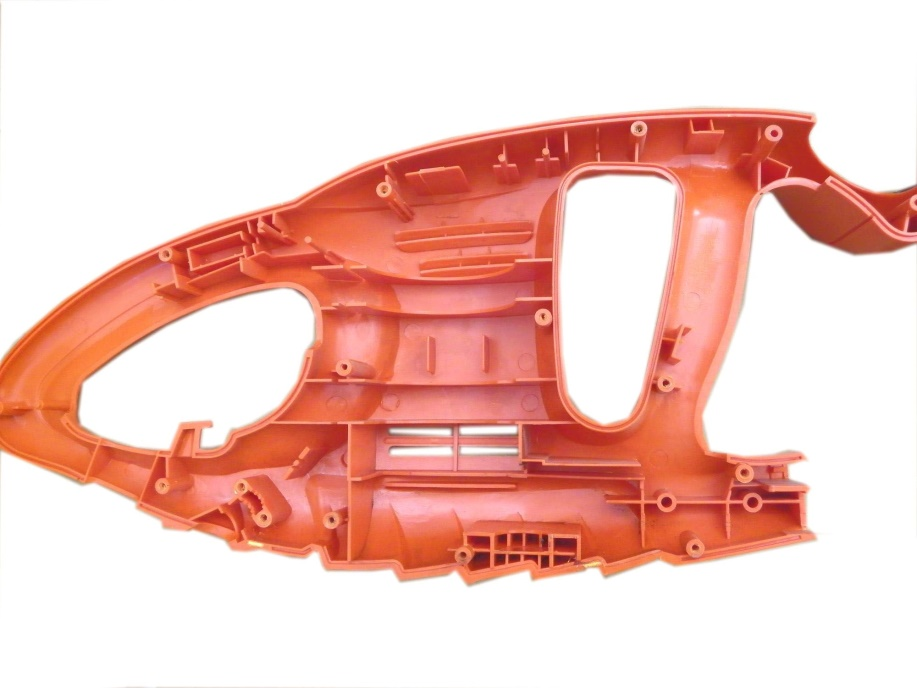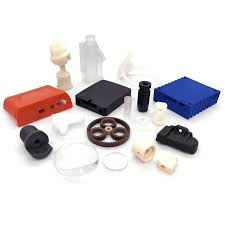How plastic products are inspiring our lives?

Today, plastic products are inspiring our lives and making us healthier, safer, and better like never before. Basically, plastic parts production is very easy as plastics are the most convenient materials for creating end-use parts.
Moreover, plastic is an extremely reliable material for producing products for everything from consumer products to medical devices. It is also an ideal choice to make cell phones, computers, as well as all other electrical equipment and many more.
How plastic products are making life easier?
In fact, plastic has played a basic role in making modern life possible. So, we are here to describe who actually invented plastic. Moreover, how do you make plastic products?
Let’s start with the basic things that are highly important to know if you are going to make plastic products. This guide will help you from root to tip so that you haven’t to face any hassle in producing plastic parts.
Who invented plastic?
The first thing that may appear in your mind before starting plastic parts production is who exactly invented plastic. So, we are here to reveal to you the history of its invention.
In fact, it is popular as the name of celluloid. Polyvinyl chloride (PVC) was first polymerized between 1838-1872. But the actual breakthrough that came in it appeared in 1907.
It was Leo Baekeland, a Belgian-American chemist who created Bakelite for the first time. Basically, Bakelite was the very first real synthetic plastic for mass-produced plastic.
What chemicals are in plastic?
Plastics include several chemicals such as hydrogen, carbon, nitrogen, oxygen, chlorine, and sulfur. Moreover, they have a high molecular weight. Hence, each molecule in plastics can have thousands of atoms bound together.
What is the plastic product?
Today manufacturers are rapidly creating products using a wide range of synthetic or semi-synthetic materials. These products are called plastic products. In fact, after the grand creation of Baekeland, numerous new plastics have been realized and developed.
Further, all these advanced plastics offer a wide range of desirable properties. Today you can see them in each home, factory, office, and vehicle. It will be right to say that modern life is impossible without plastic parts production.
What are the 2 main types of plastic?
Actually, plastics come in thousands of varieties with several different,
- base chemistries
- derivatives
- and additives, etc.
But the two major categories of plastics are thermoplastics and thermosets.
Thermoplastics:
These are generally one of the most commonly used types of plastic. They have the ideal capabilities to go through numerous melt and solidification cycles without crucial degradation. The 3 most common materials are:
- Acrylic (PMMA)
- Polyvinyl chloride (PVC)
- Polyethylene (PE).
Thermosets:
In comparison to thermoplastics, thermosets remain in a permanent solid state even after curing. The most common materials are:
- Epoxy
- Silicone
The above two plastics and their types are highly advantages to use in your plastic parts production. Actually, we have listed them for you so that you can easily choose the plastics according to your production type.
Here is some basic useful information that is very important for you to know before starting the production of your plastic parts.
Let’s check out!
How do you copy plastic parts for plastic part production?
If you want to create a duplicate of a specific plastic part then it is very easy. First of all, you have to create a mold of this shape. In the next step, you will fill this mold with your moldable plastic.
In fact, for melting the plastic pellets, you will need hot water (>150F). We will discuss the whole process of plastic parts production in the next portion of this article.
How do you make molds for plastic parts production?
For making a mold of the products that you want to mold, you should follow this number guideline.
1:
Layout the parts that you want to mold. Further, construct a box with the help of hot glue and foam core in order to fit your mold.
2:
Now you will press the parts into the clay. Start pressing with low pressure. Further, pour as high and as thin a stream as you can.
3:
you have to spray the cleaned mold using a release. Moreover, get all sides of the mold because some silicone will leak over during the next step.
What are the types of manufacturing your plastic parts production?
Basically, there are 8 popular types of manufacturing processes. So, you can adopt the process that suits you better for your plastic parts production.
These processes are:
- CNC Machining
- 3D Printing
- Polymer Casting
- Injection Molding
- Rotational Molding
- Blow Molding
- Vacuum Forming
- Extrusion, etc.
How do you make plastic products?
In fact, there are 4 basic steps in the whole process of the production of plastic parts.
Hence, follow them carefully to get high-quality plastic products.
These 4 steps are:
- Choose a design that you want to produce
- Decide on an ideal manufacturing process
- Build a prototype,
- Now produce the final design.
In fact, you should always select a well-experienced manufacturer for producing your plastic products. Moreover, this manufacturer must have the ability to provide you support and feedback at every step of the process to increase your chance of success.
Design selection:
Actually, design selection is the core process for plastic parts production. You will not just sketch up your idea for producing parts but you will have to deeply consider;
- tolerance requirements,
- material selection,
- as well as end-use factors.
Moreover, all these facts are extremely important and they also can affect the overall performance of your products. So, you should deeply examine all of them as they have great importance for the success of your plastic production.
Deciding on a suitable manufacturing process:
Basically, there are 3 main ways to create plastic parts such as CNC machining, injection molding, and additive processing (we have already described the popular manufacturing processes for creating plastic products for your ease.)
Additive processing:
In fact, additive processing helps you by allowing for a high degree of design freedom. Further, it is infamous for its poor surface quality as well as it needs for post-processing in order to get cosmetic standards and tight tolerances.
3D-printing:
It is also an ideal selection for your plastic parts production. But its parts are also limited in the types of plastics they can use.
Injection molding:
Injection molding comprises high start-up costs and long lead times. But if you need fast production of your parts then it will be a poor choice. Further, it can't produce parts with complex geometries.
CNC machining:
CNC machining is a perfect choice for creating complex parts with tight tolerances and superior surface finishes.
Build a prototype:
As you know that prototypes are one of the crucial final steps before production. Additionally, they are helpful to reveal problems that you can only discover in real-world applications.
Hence, CNC machining provides you with a fully functional prototype by using your selected material.
Producing final plastic parts production:
Once you refine your final product designs through prototyping, now is the time to create your part.

Conclusion:
If you want to start your own plastic parts production, this guide will truly help you in all ways.
We have tried to provide all essential guidelines that are necessary for creating your plastic products. Further, it has all the basic things that you must know before starting your plastic production run.





